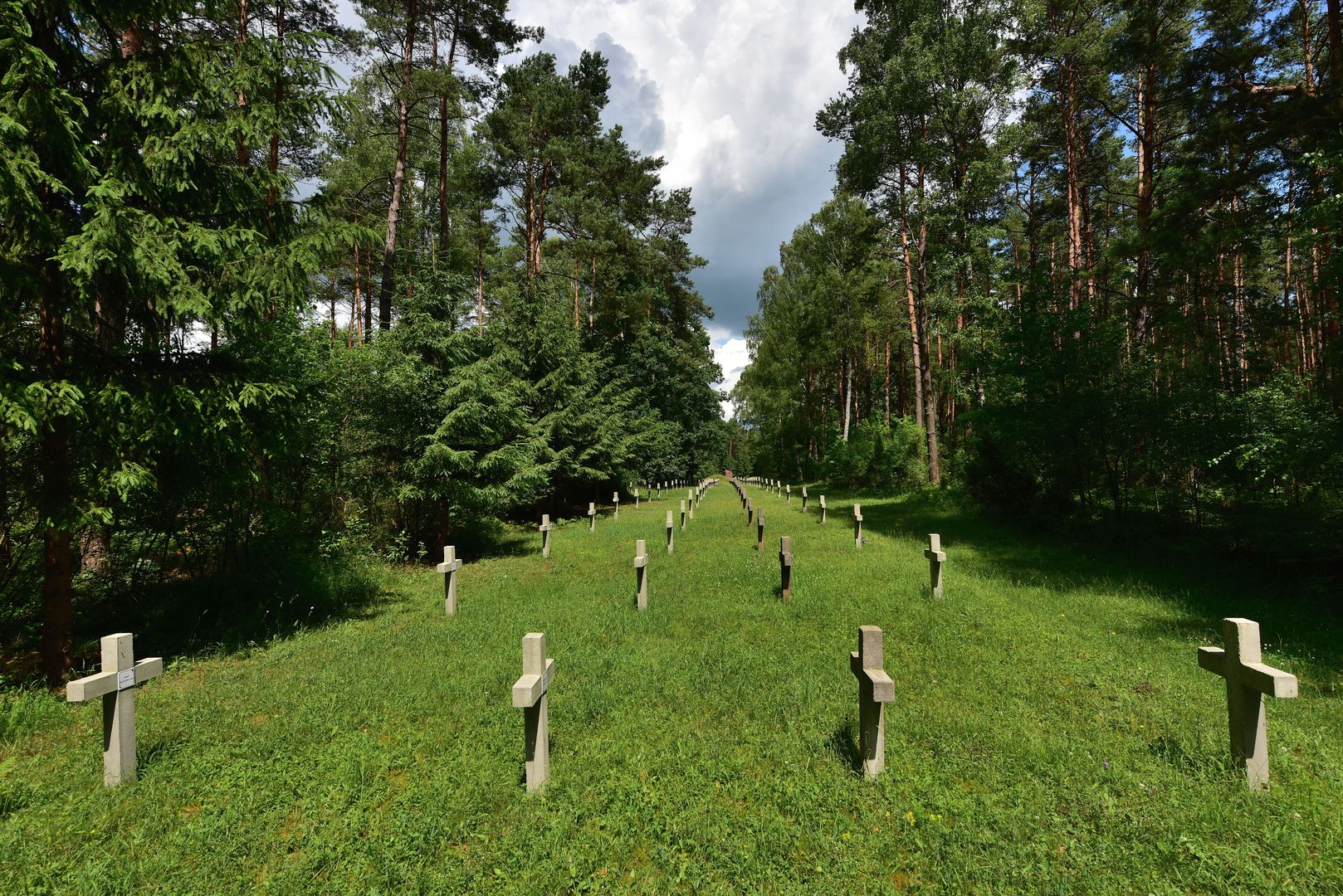Penal labor camp in Treblinka
8.22

Overview
The Treblinka labor camp, also known as Treblinka I, existed from 1941 to 1944 and primarily functioned as a site of forced labor for individuals accused of economic and criminal offenses. The camp was established near a gravel pit in the Kosów municipality and formed part of a larger infrastructure used by the German occupation authorities. Living conditions in the camp were extremely harsh, with prisoners suffering from starvation, disease, and brutal treatment by the guards. In addition to Poles, the camp also held Jews, including skilled workers, artisans, and families of those who hid Jewish people. It is estimated that around 20,000 prisoners passed through the camp, of whom approximately 10,000 died or were murdered.
After World War II, the camp grounds remained uncommemorated for many years and were vulnerable to desecration. In 1964, a mausoleum was unveiled to honor the victims of both camps, including a monument dedicated to the victims of the labor camp. Today, the Treblinka Museum organizes anniversary events, conducts archaeological research, and maintains a permanent exhibition dedicated to the history of the site. Interestingly, many of the camp structures and their remnants have been preserved to this day, and the area has become a place for reflection on history and remembrance of the victims of the Holocaust.
Location
City
Sterdyń Deanery
Tertiary Administrative Division
Kosów Lacki
County
Łosice County
State
Masovian Voivodeship
Country
2025 Wizytor | All Rights Reserved